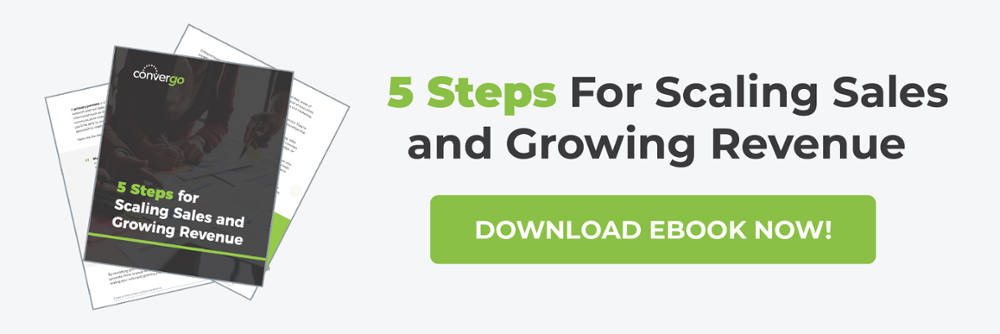
by Bill Poole | Sep 6, 2023 | EOS, Marketing, Strategy
The four elements of the Marketing Strategy component of the Vision/Traction Organizer™ of the Entrepreneurial Operating System® provide a fantastic framework for growing your business. If you don’t remember off the top of your head, the four elements are:
- Your target market/The list
- 3 Uniques™
- Your Proven Process
- Your Guarantee
The first step in leveraging this framework is to ensure that you do a thorough job of documenting each one of the four elements. But that’s still just the beginning! As is the case with most of the EOS® tools, the power is in how you leverage these on an ongoing basis. How do you go about doing that? For starters, everyone in your organization should be able to recite each of the four elements at any given moment.
Below are some ideas as to how you can put the different elements in to work for you and your B2B business. A brief introduction for each is included, but I’m not going to spend much time talking about the elements themselves (your EOS Implementer® can help with that!).
Target Market/The List
The Target Market refers to the clients that are ideal fits for your business. This includes basic information like what industry they are in, what geography they are in, and other descriptive characteristics. In the B2B space, this should also include who the key players are inside of those businesses. Here’s some ideas around taking the next step in providing value to your Target Market and growing your business:
- Your target market is identified and an ideal client profile is created that represents the businesses that are ideal fits for your products and services
- Everyone in your business can communicate the profile of your ideal client and the desired outcomes that your organization delivers to those clients
- Key functional contacts that work in businesses that fit your ideal client profile are identified and documented and the specific outcomes they desire are identified and documented
- 100% of the organizations that fit your ideal client profile are identified in your CRM
- 100% of key functional contacts within your ideal client organizations are identified in your CRM
- A sales and marketing strategy is designed and documented with the goal of engaging with 100% of the key functional contacts within organizations that fit your ideal client profile
- You are able to measure engagement levels with all of these functional contacts
3 Uniques™
Your 3 Uniques™ provide a high-level outline for what differentiates you from your competitors. While you may share a unique or two with other providers, your 3 Uniques™ should not be shared by any other business. Here are some thoughts around putting your 3 Uniques™ to work for you:
- Your entire organization can articulate your 3 Uniques™ and why they matter to your ideal client
- 3 Uniques™ are clearly represented in some way on your website
- 3 Uniques™ come to life in all sales and marketing collateral
- Your sales process is designed to leverage your 3 Uniques™
- You have shareable case studies that show how your 3 Uniques™ are directly benefiting a client’s organization
- Content that communicates the value of your 3 Uniques™ is regularly shared with your audience
- Proposals are structured to clearly communicate how the 3 Uniques™ will benefit your prospects
Guarantee
Simply stated, your guarantee should remove the most significant barriers for your target market to do business with you and it should support your value proposition. Here are some things that you can do to ensure your guarantee is properly communicated to your target market:
- Your guarantee clearly addresses and overcomes the most common challenge that prospects have in engaging with your business
- Your guarantee clearly articulates the consequences of your company not fulfilling on your end of the guarantee
- Your guarantee is communicated on the homepage of our website
- Your guarantee is communicated on all sales proposals
- You have referenceable examples where we a client leveraged your guarantee satisfactorily
- Your guarantee is in the footer of your emails
Proven Process
Your Proven Process should provide context and clarity as to how your ideal clients will navigate their experience with your business. At Convergo, We see the Proven Process as a subset of the Ideal Client Experience. We feel strongly that the Ideal Client Experience is the foundation for aligning to your entire business to maximize the value that you provide to your clients. Here are some thoughts around the Proven Process in motion:
- Your proven process has an internal brand and 100% of your team can recite your proven process and their role in the process
- There is a external version of your proven process that shows prospects how they will engage with your business if they were to become a client
- The sales and marketing arms of your organization are aligned around your proven process with the goal of creating an amazing client experience
We’d love to hear from all of you how you are bringing the marketing elements of your V/TO™ to life in your organization.

by Bill Poole | Apr 17, 2023 | Marketing, Sales
As an entrepreneur, growing revenue and scaling sales is crucial to the success of your business. However, it can be challenging to achieve these goals if you don’t have a documented Ideal Client Profile. This detailed description of your target customer will enable you to identify who your Ideal Prospects are and also serve as a filter to determine if a potential client will be a good fit. Knowing who your ideal clients are helps you pinpoint exactly where to focus your marketing efforts. When your marketing is pointed at those most likely to purchase what you’re offering, you have the most potential for sales growth.
Identifying Your Ideal Client Profile
Your ideal client profile (ICP) is not a one-size-fits-all solution. Ideal Clients are an intersection of the clients that:
- You are operationally optimized to serve
- Are the most valuable to your business
- Align with your team and values.
The high-level components of an ICP are:
- Description: One or two sentences that describe the characteristics of the companies who are a perfect fit for your solution.
- Data Points: This includes demographic data such as size of the company, including number of employees and revenue, location, and other specific company traits.
- Primary Personas: A primary persona is a fictional representation of your ideal clients based on market research and real data about your existing clients. At the very least, it should include: motivations, role goals, pain points, and preferred communication channels. The more specific and detailed your buyer persona is, the better you’ll be able to understand your target audience and tailor your marketing and sales approach to meet their needs.
Documenting your Ideal Client Profile (ICP) should enable you to pull “The List,” which is the actual businesses that meet the criteria in the ICP. This should be an addressable market for your sales and marketing efforts. If The List is too broad, reel in the data points on the ICP. Then, you can operationalize your ICP to realize the following benefits:
The Role of an Ideal Client Profile in Scaling Sales and Growing Revenue
Once you’ve put the proper plan into action to develop your ICP, what results should you expect? What benefits come from identifying your ideal client?
Focuses your Sales and Marketing Energy and Spend
Spending time and money without focusing on an ideal Client is wasteful. Once you have an addressable market, 100% of your sales and marketing spend and energy can be focused on ideal prospects and clients instead of diluting the spend on the wrong prospects for your business.
Improves Your Message
Your ICP includes your target personas and their desired outcomes. Having a more narrow ICP enables you to craft a message more likely to resonate with your ideal clients and prospects. So, when your prospects see your message, they are more likely to engage.
Enhances Your Client Satisfaction
Depending on your business, when your sales and marketing efforts bring on the wrong clients, operational challenges can be created. Your team should be operationally optimized to serve ideal clients in an efficient and effective manner. So naturally, bringing on ideal clients improves client satisfaction.
Increases Your Revenue
Focusing your sales and marketing energy, improving your message, and enhancing client satisfaction will of course lead to revenue growth. Moreover, satisfied customers are more likely to refer others to your business, leading to a steady stream of new customers and revenue.
By identifying your ideal clients, you can better target your sales and marketing efforts and generate more revenue for your business.
Developing an ideal client profile is essential for any business looking to scale its sales and grow its revenue. It helps you focus on serving businesses that align with your values and expertise, ultimately providing the best possible outcomes for your clients. Following these tips, you can describe your ideal client and develop targeted marketing and sales strategies to reach them effectively. The next step to scaling your sales and growing your revenue is focusing on your messaging, which we will explore in the next blog.
To learn more, download our ebook, “5 Steps for Scaling Sales and Growing Revenue”, today!

by Bill Poole | Jul 28, 2022 | Strategy
Sales and marketing are historically misaligned, which is very curious given their goals are really the same, right? If sales and marketing both have the same goal of bringing more clients into the business, it doesn’t make sense that this misalignment still occurs. And technology and communication have evolved to the point that this misalignment should no longer be acceptable. So how can you bridge this misalignment? Here are four strategies for aligning sales and marketing:
- Track the right scorecard metrics
- Develop an aligned messaging plan
- Create cross-functional processes
- Align your tech and data
Let’s look at each one of the 4 strategies to align sales and marketing from a before and after perspective:
- Before: Sales and marketing exist as foes in silos
- After: Sales and marketing are aligned and working together to bring on more clients and sell more to their clients.
One point to reinforce, as we always do at Convergo, is that businesses should be focused on acquiring and retaining ideal clients, not just any client. Ideal Clients are the ones that can buy everything that you sell and that your business is optimized to serve. That concept is woven throughout this blog.

Track the Right Scorecard Metrics
Before: Sales and marketing have their own metrics that are completely unrelated. Marketing is pursuing scorecard metrics like website traffic or # of leads. In the meantime, sales managers hammer their sales teams to do more demos or deliver more proposals. What is missing from these metrics? Remember the Ideal Client concept?
After: Website traffic and number of leads are put by the wayside because they don’t consider the ideal client.
An Alternative metric is # of Ideal Prospect leads. This is the number of leads that come in that meet the Ideal Client Profile (ICP) criteria.
How does this promote alignment? First, marketing and sales agree on the ICP, and leads are filtered against this. Marketing then focuses its efforts on generating the right leads, and sales prioritizes closing them instead of chasing their tails with clients that are not necessarily good for the business. By the way, it is much easier for marketing to have a more narrow focus, and it takes fewer sales reps to close ideal clients and filter out suboptimal ones.
Develop An Aligned Messaging Plan
Before: Marketing is creating content and executing a plan that is based on their assumptions about a fictional persona that they assume is correct because they get no feedback from the sales team on what real people are saying.Meanwhile, the sales team complains that the marketing team is passing along leads that are not closable. They get frustrated, and the two sides maintain life in their silos.
After: The content plan is based on an Ideal Client Profile with personas created and agreed upon by both sales and marketing. Sales and Marketing have regular meetings where the sales team shares common questions, concerns, and outcomes that their clients and prospects are asking about and sharing.
Then, the content hits the mark, and sales reps have begun actively sharing content to support their efforts to serve their prospects and clients.
Create Cross-Functional Processes
Before: Marketing has their processes to create content and tactics to increase website traffic and generate “leads, ” which have a very low close rate. In their mind, they are succeeding because all that they are being asked to do is to generate leads.
Sales teams are managing their sales process. A low percentage of leads are actually sales qualified, and even fewer advance to later stages in the sales cycle.
After: The “Sales Cycle” has been replaced by a “Net-New Experience” where sales and marketing work together to bring the Ideal Clients into their business and usher out the ones that are not good fits.
Only Ideal Prospects are in the pipeline, and sales reps help them through the Net-New Experience using documented processes supported by marketing content that answers their questions, generates trust, and helps them seamlessly navigate the experience with your business.
Align Your Tech and Data
Before: Marketing uses platforms to execute tactics like email marketing and may have access to databases of companies in their market that might fit their profile. A lead is created and passed off to sales, often with limited information.
Sales uses their “CRM” for their sales process to close business. They don’t have visibility to what content the prospect might engage with and therefore are serving the prospect only knowing part of the picture.
In the meantime, client data is trapped inside a proprietary ERP that sales has no visibility to, limiting potential cross-selling possibilities.
After: The CRM is a single source of the truth, with Marketing, Sales, and Operations enjoying a 360-degree view of the Ideal Prospect/Client from when the prospect is totally unaware of your business to where they are buying everything they can from you.
Conclusion
Given advancements in CRM and Marketing Automation from companies like Hubspot, the excuses for Sales and marketing working in silos are disappearing. Stay tuned for more detail on each of these 4 strategies in separate blogs.





